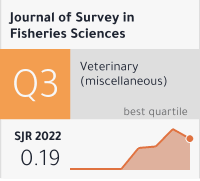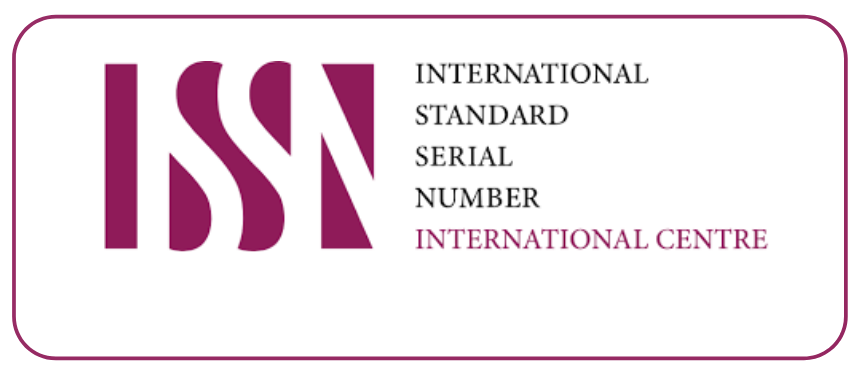Soil Fertility, Soil Quality and Soil Health in Maharashtra: A Review
DOI:
https://doi.org/10.53555/rm131q61Keywords:
Soil fertility, soil quality, soil health, Maharashtra, Vertisol, organic carbon, micronutrients, Soil Health Card, soil quality indexAbstract
Maharashtra is one of India’s most important agricultural states, with diverse agro-climatic zones ranging from high-rainfall Konkan to drought-prone Marathwada and Vidarbha. The state is dominated by Vertisols (deep black cotton soils) and associated Inceptisols and Entisols, supporting major crops such as cotton, soybean, sugarcane, pulses and cereals. Recent assessments indicate that soil fertility, soil quality and soil health in many parts of Maharashtra are under stress due to imbalanced fertilization, declining soil organic carbon (SOC), intensive tillage, residue removal and climate variability. Soil fertility studies in Latur, Beed, Nashik, Yavatmal and Khandesh regions report widespread deficiencies of available nitrogen and phosphorus, generally adequate to high potassium, emerging secondary nutrient (especially sulphur) limitations and serious micronutrient constraints, notably zinc and iron.In parallel, soil quality evaluations using soil quality indices (SQI) and SOC stock assessments in watersheds and micro-watersheds of Kolhapur, Morna and Khandesh highlight spatial variability in physical (bulk density, structure), chemical (pH, EC, nutrients) and biological properties across land uses and cropping systems. At the state level, Maharashtra has recently completed soil spectral mapping of its entire area, enabling village-level soil health information, while national Soil Health Card data show widespread N and organic carbon deficiencies in Indian soils, including Maharashtra.This review synthesizes available information on soil fertility status, soil quality assessment and soil health considerations in Maharashtra. It clarifies conceptual distinctions between soil fertility, quality and health, summarises key indicators and methodologies, and discusses major drivers of degradation. Finally, it outlines integrated management options—balanced nutrient use, organic matter management, conservation agriculture, biochar, and policy initiatives—that can enhance soil fertility and health for sustainable, climate-resilient agriculture in the state.









